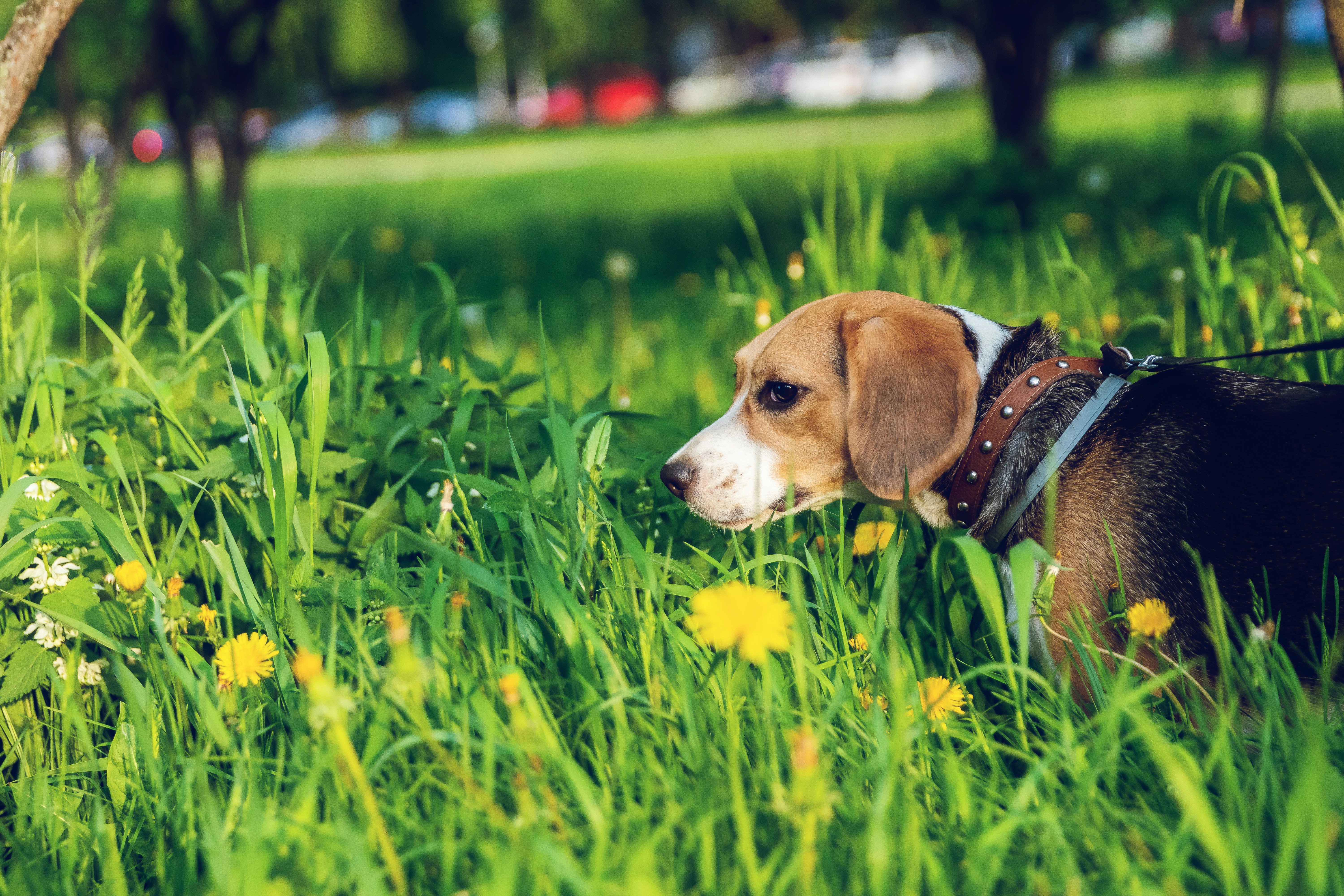Communicate and Train Your Pet Using the Hidden Language of Textures
Imagine a world where your beloved pet understands exactly how you feel, just by encountering different fabrics and materials. This isn't science fiction—it's the hidden language of pet textures. By tapping into the intimate relationship pets have with their sensory experiences, you can improve communication, training, and enjoyment in your time together, all while ensuring your furry friend remains comfortable and engaged. If you're interested in unlocking this unique form of communication, read on to discover how different textures can enhance your pet's world, improve training techniques, and deepen your bond.
Understanding Pet Textures: What Do They Mean?
When you think about the textures around us, you might recognize that they evoke different feelings. A soft, plush blanket can bring comfort, while a coarse, rough surface might represent something unappealing. Your pets experience similar textures, and these physical interactions can deeply influence their mood and behavior. Moreover, different pets exhibit varying degrees of sensitivity towards textures—what's adored by a cat may be off-putting for a dog.
For example, many dogs enjoy chewing on rubber toys with unique textures, engaging their senses and keeping them mentally stimulated. On the other hand, a cat might delight in the sensation of feathers or soft wool. Understanding these nuances equips you with the knowledge needed to communicate effectively with your pet.
Sensory Exploration: The Role of Fabrics in Pet Training
Training your pet often revolves around reward systems, and the materials you choose can have a significant impact. Using various textures can make training sessions more exciting and engaging. Imagine using a fuzzy mat as a reward for your dog to lie on after successfully completing a command. The comfort of the mat can create a positive association with the training process, reinforcing good behavior.
Additionally, specific fabrics can be utilized to teach your pet about boundaries and exploration. A textured blanket can signal safe spaces, while a metal or hard surface indicates areas off-limits. These sensory cues can guide your pets more effectively than verbal commands alone.
Texture-Based Toys: Enhancing Cognitive Skills
One of the most engaging aspects of pet textures is the use of toys that stimulate their minds. Choosing toys with various textures can significantly enhance cognitive skills, encouraging your pet to explore and solve problems.
Consider introducing an interactive ball that combines different materials—some soft, some rugged, and others smooth. This diversity encourages your pet to engage with the toy in multiple ways and stimulates physical and mental exercise. In turn, this exercise helps break the monotony of daily routines, keeping your pets entertained while providing you with a reliable avenue of engagement.
Color and Texture: Advanced Communication Techniques
Beyond textures, color plays a vital role in how your pets perceive their environment. Dogs, for instance, have dichromatic vision, meaning they see fewer colors than humans. Integrating textures with color can provide a layered form of communication and bonding for your pets.
If you've explored the art of harnessing color perception in training, you'll appreciate the added dimension textures bring to the table. Imagine a vibrant, plush toy that not only feels good to your pet but also stands out to their limited color range. The bright colors combined with the appealing texture create a stronger, more memorable experience for your pet during training exercises.
Creating a Sensory Environment: A Worthy Investment
Designing a sensory environment filled with a variety of textures can significantly enhance your pet's happiness and well-being. This includes selecting fabrics and materials for their sleeping areas, toys, and even their grooming tools.
If you’re interested in investing time in creating this sensory space, consider the following elements:
-
Bedding: Select bedding materials that cater to your pet's texture preferences—think soft fleece for a dog that loves to snuggle or a cooling fabric for a heat-sensitive pet.
-
Toys: Curate an eclectic combination of toys that vary in materials—from squeak toys with soft fabrics to interactive puzzles made of tough rubber.
-
Play Areas: Incorporate surfaces that allow for different sensory experiences, such as smooth floors for running and soft areas for lounging.
-
Grooming Tools: Use brushes with contrasting textures to stimulate and adjust to your pet’s comfort, fostering a pleasurable grooming experience.
Creating a sensory-rich environment not only communicates care and affection but also supports your pet’s emotional health and ensures a well-rounded life.
The Power of Texture: Building Trust
Beyond mere training and engagement, the textures around your pet can foster trust and emotional resilience. The familiarity of certain textiles can become a balm for a nervous or anxious pet, teaching them that specific areas represent safety and comfort.
For anxious pets, using a calming textured blanket during training sessions or in unfamiliar environments can offer reassurance. The fabric's tactile comfort can help soothe their fears and encourage them to explore new experiences.
Scent, Texture, and Memory: A Powerful Combination
Building upon the existing knowledge of textures, we cannot overlook how scent interplays with these tangible elements. A soft, scented toy can create a multi-sensory experience for your pet that enhances memory retention and recognition.
To deepen your understanding, consider exploring the art of aromatherapy for pets. By integrating aromatic oils that are known to soothe animals alongside soft, comforting textures, you can cultivate an environment where emotional well-being thrives.
Mastering Pet Communication Through Textures
Now that we've delved into the power of textures, let's touch on mastering communication with your pets through these methods. Many owners often get caught up in verbal commands, but the truth is your pets are often more attuned to the physical world around them.
Utilize textures as a primary way to aid communication:
-
Training Cues: For leash training your dog, you might incorporate a specific textured harness as a signal for how they should behave when on a walk. The moment they feel the harness, they understand what's expected.
-
Commands Reinforcement: For household behaviors, using specific fabric textures to corral your pet at certain times (e.g., using a designated rug for "go to your mat") helps reinforce habitual actions.
-
Choice-Driven Decisions: Allowing your pets to select from various textured objects to play with develops their independence, further enhancing your mutual understanding. Watching them gravitate towards materials they prefer offers insights into their personalities.
Practical Texture Training Exercises
Here are three training exercises that incorporate textures effectively:
-
Tactile Rewards: During training, when your pet successfully follows a command, reward them with a tactile reward. Use a soft brush or a plush toy to associate positive feelings with fulfilling your directives.
-
Texture Recognition: Introduce various fabrics and let your pet explore them while associating each with positive reinforcement. Each texture can correspond with a particular command (e.g., sit, stay, come), enhancing both memorability and practice.
-
Sound & Texture Simulation: Explore combining textures with sounds—e.g., a soft squeaky toy. The sound combined with the texture encourages engagement, allowing you to observe your pet’s response to these integrated experiences.
Final Thoughts
As we unravel the hidden language of pet textures, it becomes clear that the materials surrounding our beloved animals play a critical role in enhancing communication and training. Understanding your pet’s needs through their sensory experiences opens a new world of engagement and strengthens the bond you share.
Through careful selection of textures, practice of tactile training techniques, and creating a sensory environment, you can revolutionize the way you connect with your pets. Remember, what speaks volumes is not just training; it's the nuanced understanding of their experiences. Empower yourself today to unlock the full potential of your pet through textures—after all, their happiness speaks the loudest!












